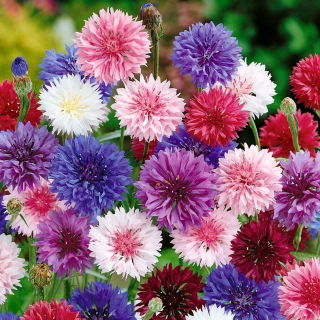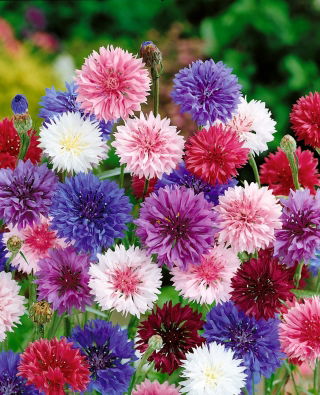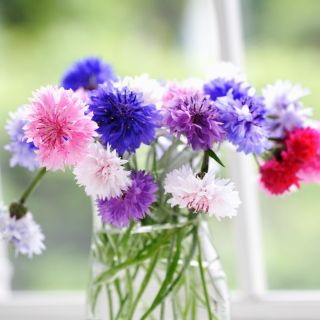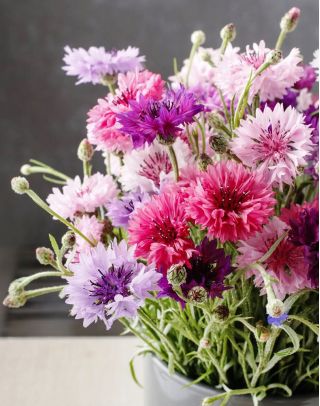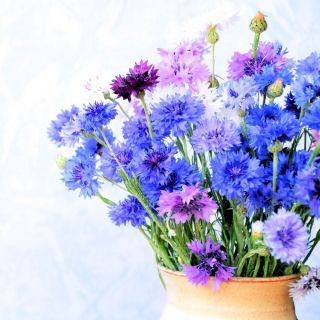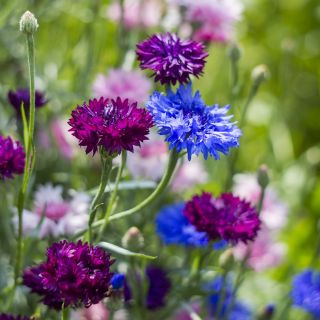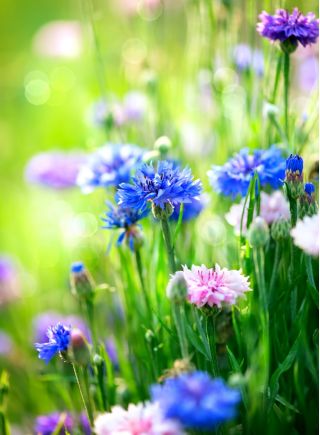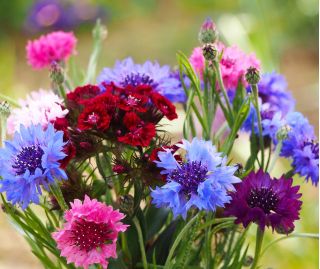- US Dollars ($)
- Euro (€)
- GB Pound (£)
- Chinese Yuan (元)
- Swedish krona (kr)
- Russian ruble (₽)
- Hong Kong dollar (HK$)
- Norwegian krone (kr)
- Indian rupee (₹)
- New Taiwan dollar (NT$)
- Danish krone (kr)
- Hungarian forint (Ft)
- Saudi riyal (SR)
- Bulgarian lev (лв)
- Czech koruna (Kč)
- Israeli shekel (₪)
- Indonesian rupiah (Rp)
- Japanese yen (¥)
- Korean won (₩)
- Malaysian ringgit (RM)
- Romanian leu (leu)
- Swiss franc (Fr.)
- Serbian dinar (din)
- Vietnamese đồng (₫)
- Ukrainian hryvnia (₴)
- Turkish lira (₺)
- Thai baht (฿)
- CAD Dollars ($)
- English
- German - Deutsch
- French - Français
- Spanish - Español
- Italian - Italiano
- Swedish - Svenska
- Russian - Русский
- Norwegian - Norsk
- Danish - Dansk
- Nederlands
- Estonian - Eesti keel
- Finnish - Suomalainen
- Hungarian - Magyar
- Latvian - Latviešu valoda
- Lithuanian - Lietuvių
- Portuguese - Português
- Chinese - 中文
- العربية - Arab-c
- Bulgarian - български
- Czech - Čeština
- Greek - Ελληνικά
- پارسی - Persian
- עברית - Abrit
- Croatian - Hrvatski
- Indonesian - Bahasa Indonesia
- Japan - 日本語
- Korean - 한국어
- Malay - Melayu
- Romanian - Română
- Slovak - Slovák
- Slovenian - Slovenščina
- Serbian - Српски
- Thai - ไทย
- Turkish - Türkçe
- Ukrainian - Українська
- Vietnamese - Tiếng Việt
- Hindi - हिंदी
- Categories
-
Seeds
-
Vegetable Seeds
-
Flower Seeds
-
- Ageratum, Flossflower seeds
- Alyssum seeds
- Amaranth Seeds
- Aquilegia, Columbine seeds
- Aster seeds
- Aubrieta Seeds
- Begonia seeds
- Bellis perennis, Daisy seeds
- Californian Poppy Seeds
- Campanula, Bellflower seeds
- Celosia, Cocksbomb seeds
- Centaurea, Cornflower seeds
- Chrysanthemum, Painted Daisy seeds
- Coleus seeds
- Convolvulus seeds
- Coreopsis seeds
- Cosmos seeds
-
- Datura seeds
- Dianthus, Carnation seeds
- Echinacea, Coneflower seeds
- Flower seed mixtures
- Forget me not seeds
- Foxglove seeds
- Gaillardia Seeds
- Gazania seeds
- Geranium, Pelargonium seeds
- Godetia seeds
- Gourd, Ornamental squash seeds
- Gypsophila, Baby's Breath seeds
- Hollyhock seeds
- Impatiens seeds
- Ipomoea, Morning glory seeds
- Calabash, Bottle Gourd seeds
- Larkspur, Delphinium seeds
-
- Limonium, Statice seeds
- Lobelia seeds
- Lupin, Lupine seeds
- Lychnis, Catchfly seeds
- Mallow Seeds
- Marigold, Tagetes seeds
- Milkweed Seeds
- Nasturtium seeds
- Nemesia seeds
- Nepeta, catmint seeds
- Nicotiana, Ornamental Tobacco seeds
- Nigella, Love in a mist seeds
- Pansy seeds
- Petunia and Surfinia seeds
- Phlox seeds
- Poppy seeds
- Primula, Primrose seeds
-
- Red Valerian, Centranthus Seeds
- Ricinus, Castor bean seeds
- Runner bean seeds
- Safflower seeds
- Salvia, Ornamental sage seeds
- Snapdragon Seeds
- Stock seeds
- Strawflower, Golden everlasting seeds
- Sunflower seeds
- Sweet pea seeds
- Tunbergia, Black-eyed Susan Vine seeds
- Verbascum, Mullein seeds
- Verbena seeds
- Veronica, Speedwell seeds
- Viola, Violet seeds
- Zinnia seeds
-
- Herb Seeds
- Sprouting Seeds
-
Flower Bulbs
-
Garden Equipment
-
At home
- Around home
-
Fertilizers
-
- All-purpose fertilizers
- Autumn and winter fertilizers
- Blueberry fertilizers
- Boxwood fertilizers
- Bulb plants' fertilizers
- Grass and lawn fertilizers
- Citrus plant fertilizers
- Compost
- Conifer fertilizers
- Dolomite and lime fertilizers
- Dry powder fertilizers
- Fertilizers for balcony and terrace plants
- Fertilizers for moss-infected lawns
- Fertilizers in pump sprayers
-
- Fertilizers in watering cans
- Fertilizers sticks
- Fertilizers with leaf shine
- Flowering plant fertilizers
- Fruit fertilizers
- Fruit tree fertilizers
- Garden plant fertilizers
- Gel fertilizers
- Geranium fertilizers
- Green plant fertilizers
- Herb fertilizers
- Home plant fertilizers
- Hydrangea fertilizers
- Lavender fertilizers
-
Cornflower, known scientifically as Centaurea cyanus, is an exceptional annual plant that enriches any garden with a variety of colours and scents. Its nectar-rich flowers attract bees, making it an excellent choice for those wishing to support local ecosystems. The Cornflower grows to a height of 30 to 80 cm, with slender, branching stems topped with flower heads in shades of blue, red, pink, and white. This versatile plant is perfect for flower beds, wildflower meadows, and naturalistic gardens.
Sowing
The Cornflower is best sown directly into the ground. It's important to provide the right conditions from the start to ensure healthy growth and abundant flowering. Scatter the seeds evenly over prepared soil and gently press them into the ground.
Sowing Depth
The optimal sowing depth for Cornflower seeds is between 0.5 and 1.5 cm. This depth ensures the seeds receive the right amount of light and warmth needed for germination. Ensure the soil is well-draining to support proper root development.
Direct Sowing Period
When should you sow Cornflower seeds directly into the ground? The best period is from March to May. This timing allows the plant ample time to fully bloom in summer, delighting the eye with its beautiful flowers until September.
Plant Spacing
For optimal growth conditions, it is recommended to maintain a spacing of 15x30 cm. This distance allows for the free development of both the above-ground parts and the roots, which is crucial for the plant's health.
Companion Planting
The Cornflower pairs well with other annuals and perennials, such as poppies and rudbeckias. Its presence in the garden can enhance colour compositions and attract beneficial insects.
Site Conditions
Cornflowers prefer sunny locations with well-draining soil. In such conditions, the plant develops best and blooms profusely. The soil should be light and moderately fertile to avoid issues with excessive moisture.
Growing Tips
Cornflower is easy to grow and requires no special care. However, regular removal of spent flowers can encourage the plant to produce new buds. Occasional fertilising and moderate watering will keep the plant in good condition throughout the season.
Plant Height
The Cornflower reaches a height of 30 to 80 cm, making it a great choice for both lower and higher garden arrangements. Its slender silhouette adds lightness to any design.
Flowering Period
Cornflower blooms from June to September, offering a long period of enjoyment. It is an ideal choice for those who want their garden to flourish for much of the summer season.
Usage
Cornflower is excellent for naturalistic gardens, as well as a component of flower beds and meadows. Its flowers can also be used in dried bouquets, adding colour and delicacy to interiors. Due to its nectar-rich nature, it is often chosen by beekeepers for home gardens.
Resistance to Diseases
Cornflower boasts high resistance to most garden diseases, making it a low-maintenance and easy-to-grow plant. It is resilient to adverse weather conditions, further increasing its appeal.
Good to Know
Cornflower is not only beautiful but also eco-friendly, supporting local ecosystems. Its presence in the garden attracts bees, aiding in the pollination of other plants.
Why Buy from Garden Seeds Market
Garden Seeds Market offers top-quality seeds that have undergone rigorous quality testing. Customers can expect fast and secure delivery and a freshness guarantee for the seeds. Positive reviews from satisfied customers confirm the reliability and professionalism of the service. Additionally, the store offers attractive promotions and a wide range of gardening products, making it the first choice for gardening enthusiasts.
The seed packet contains 1 g of seeds. The package includes information on cultivation guidelines and the sowing viability date.
New


My account
Store
Customer information
Information

© -2025 Gardenseedsmarket.

